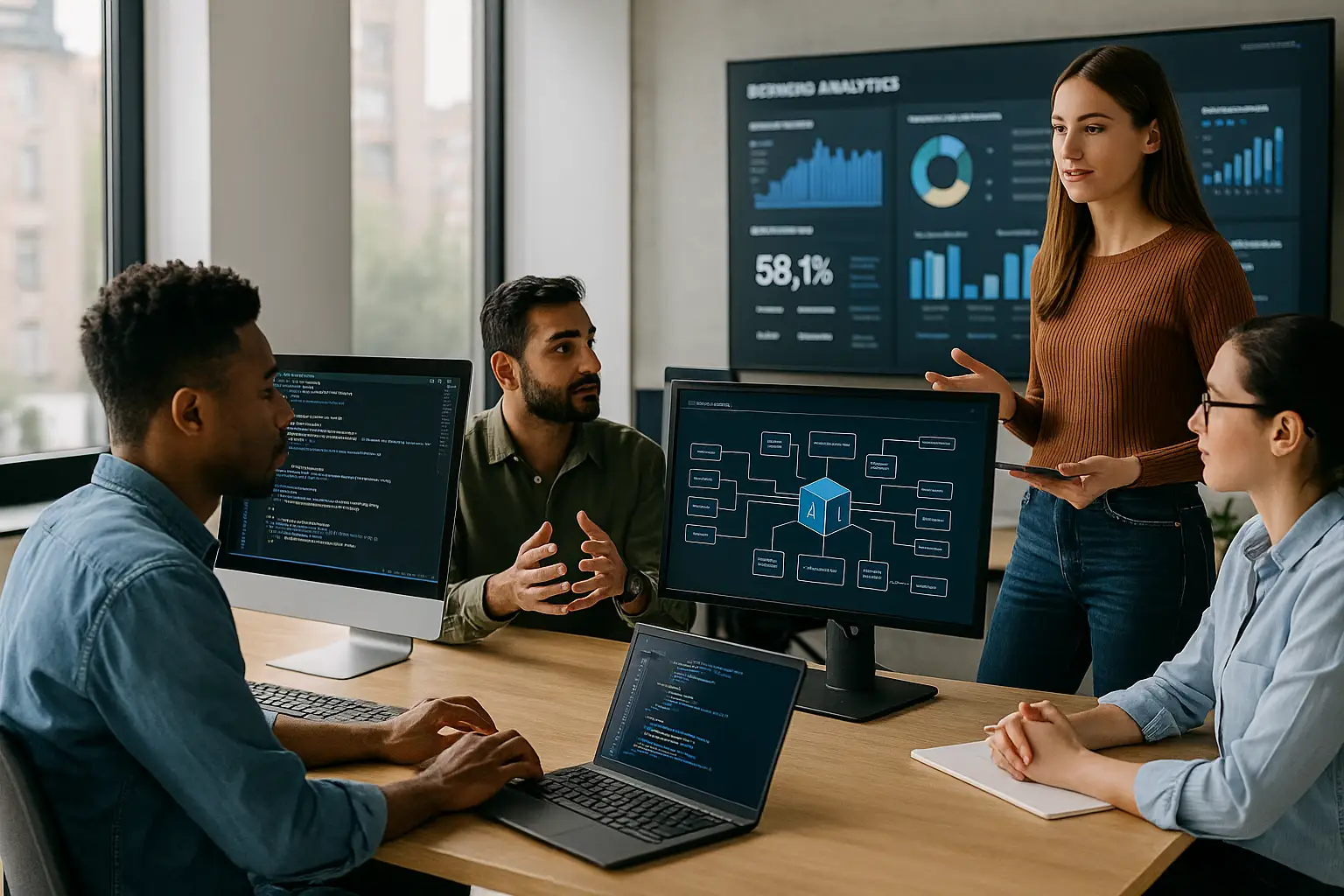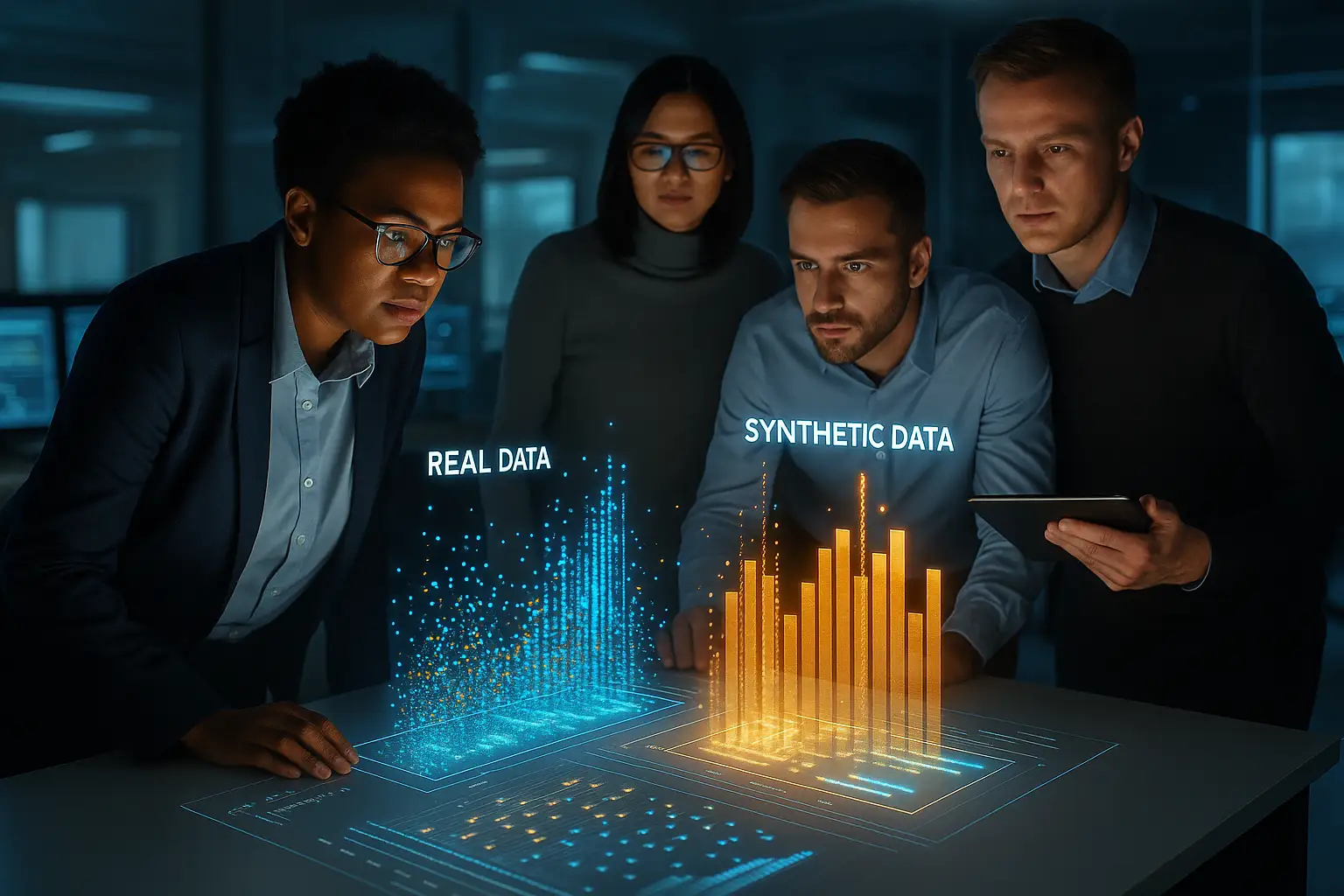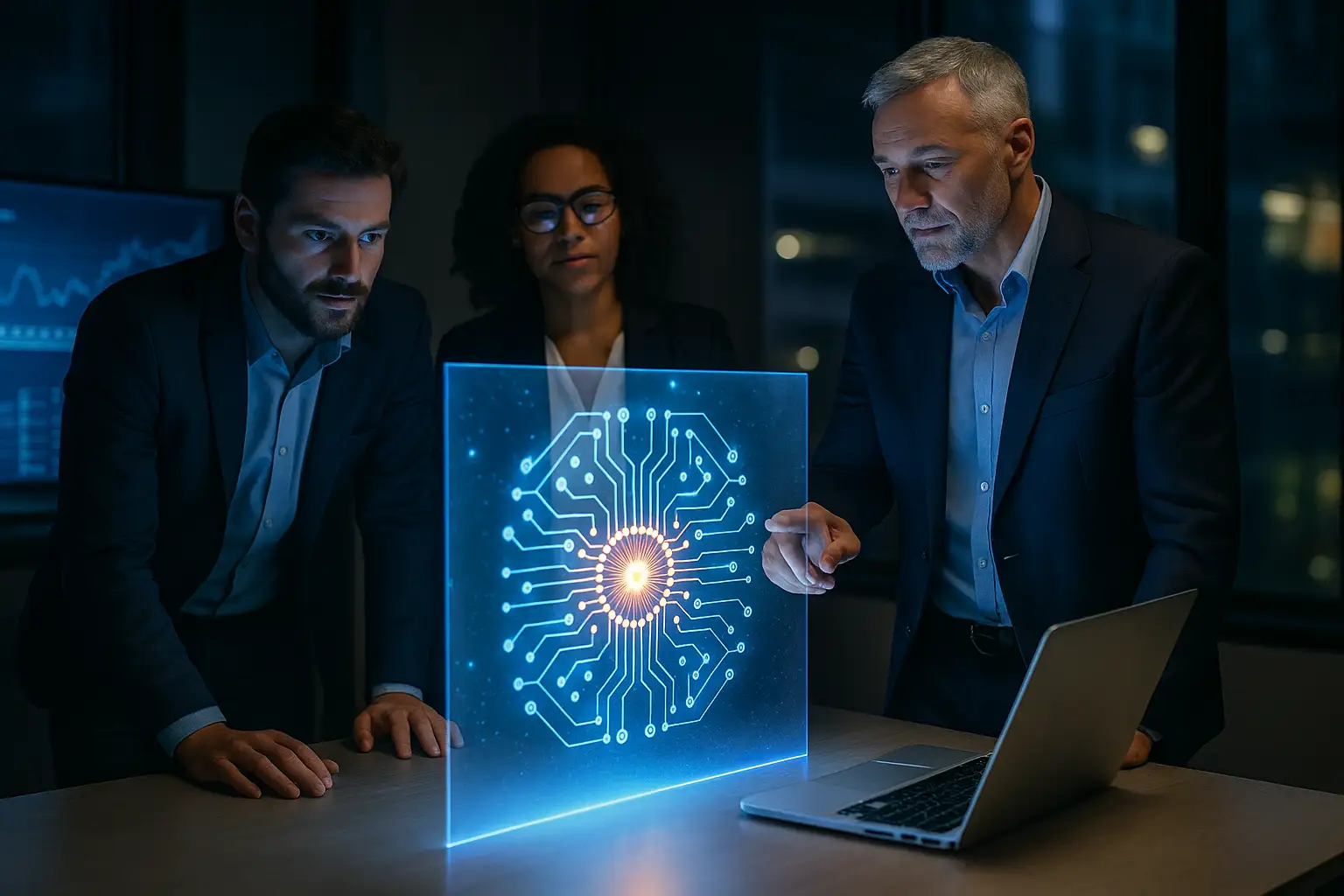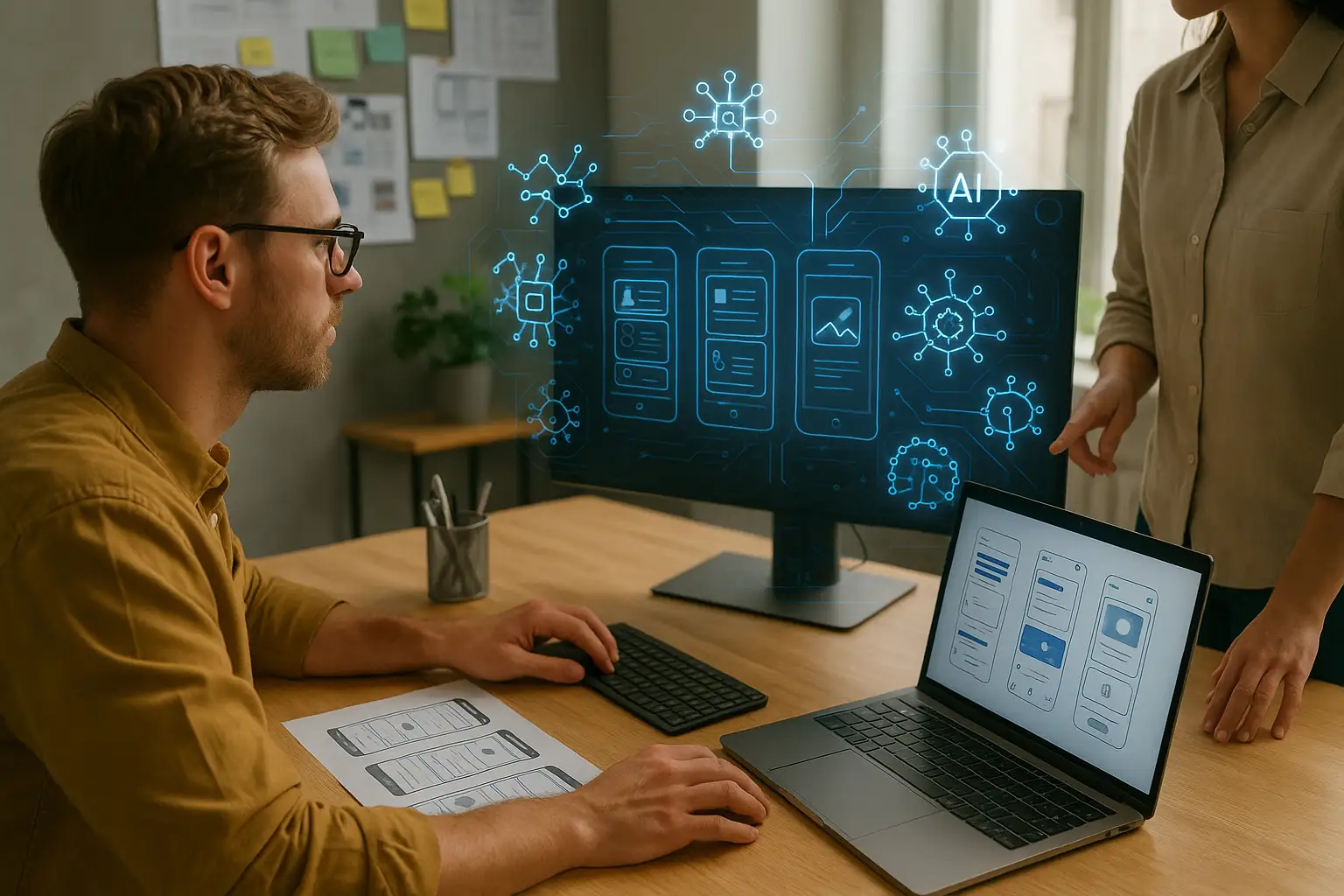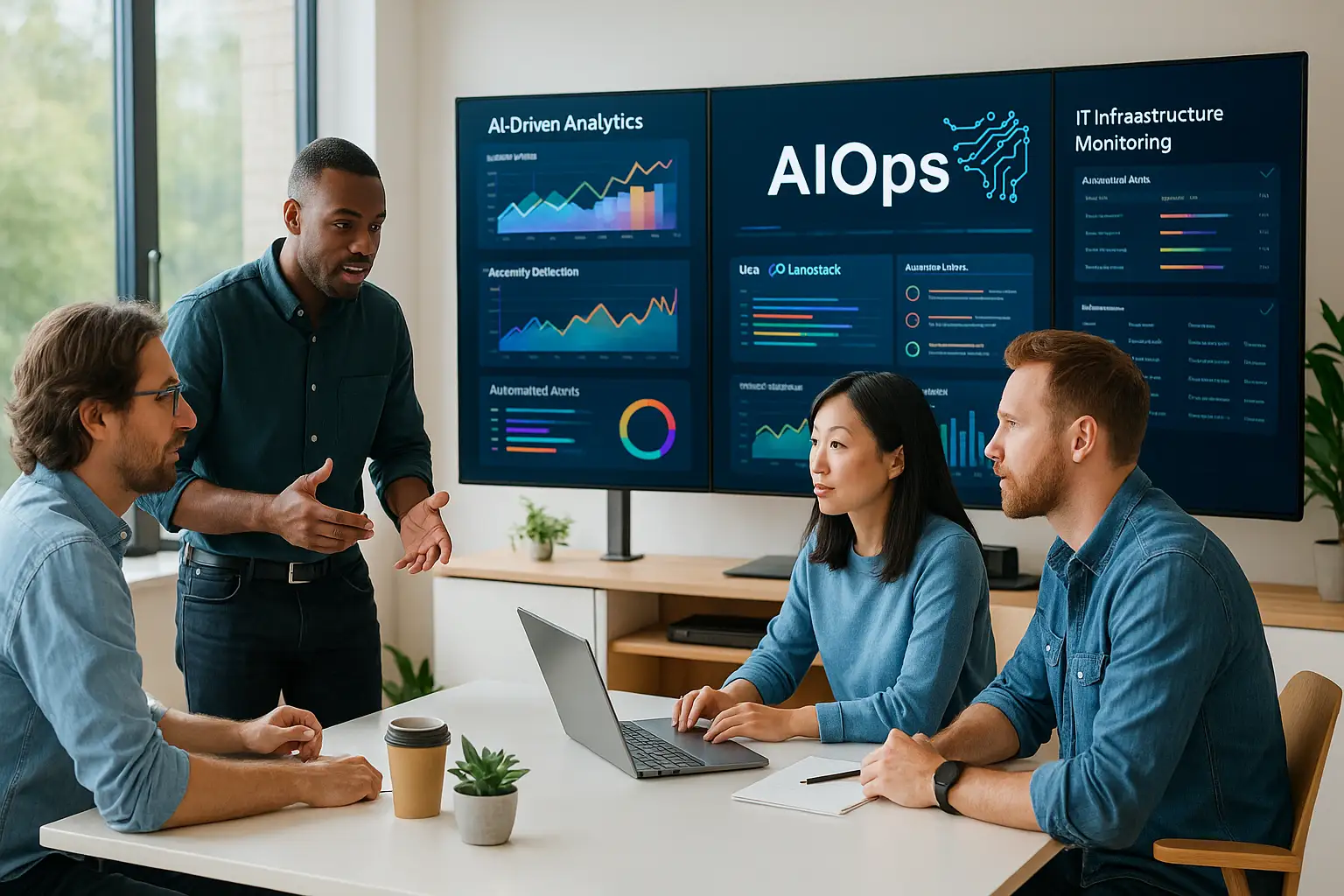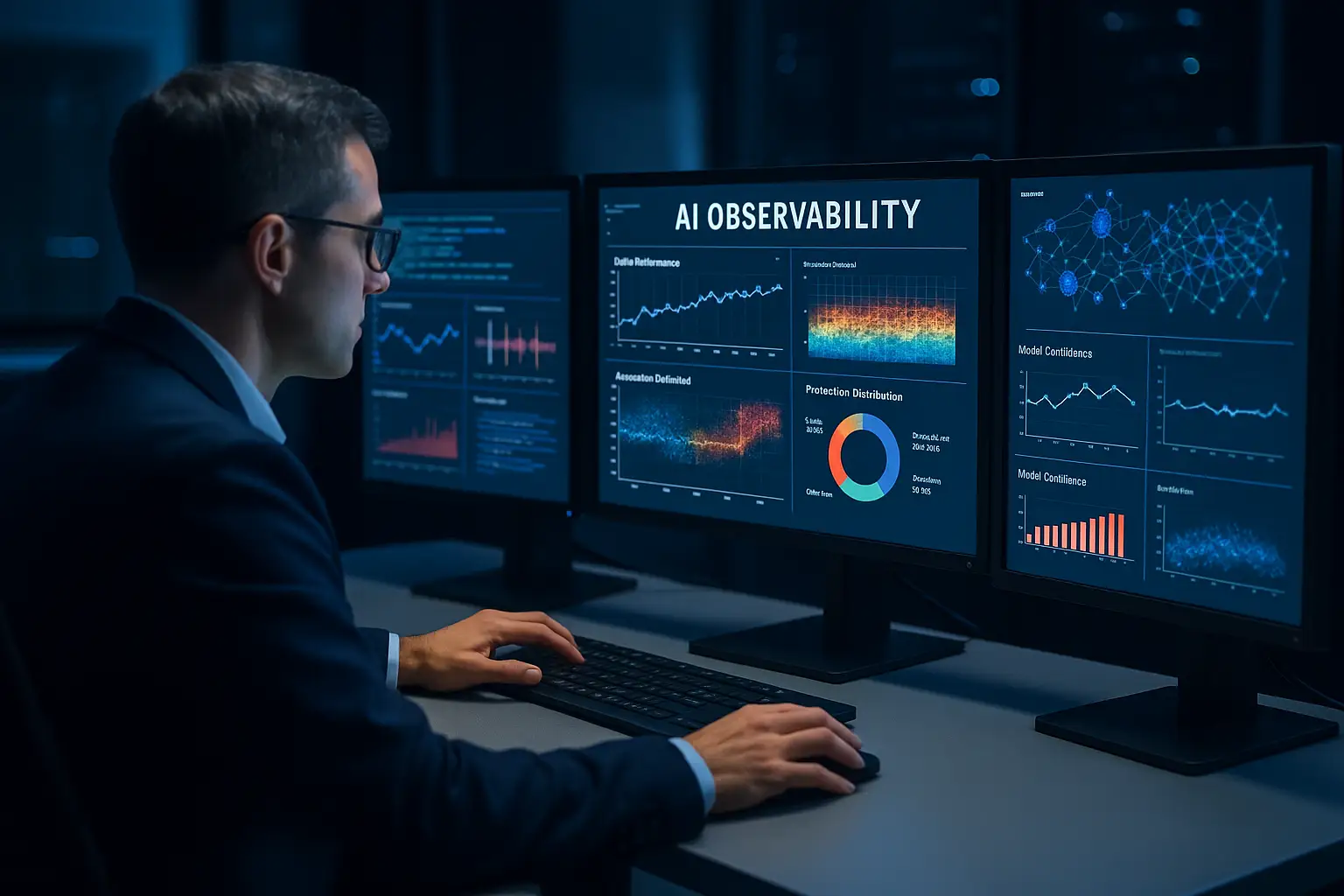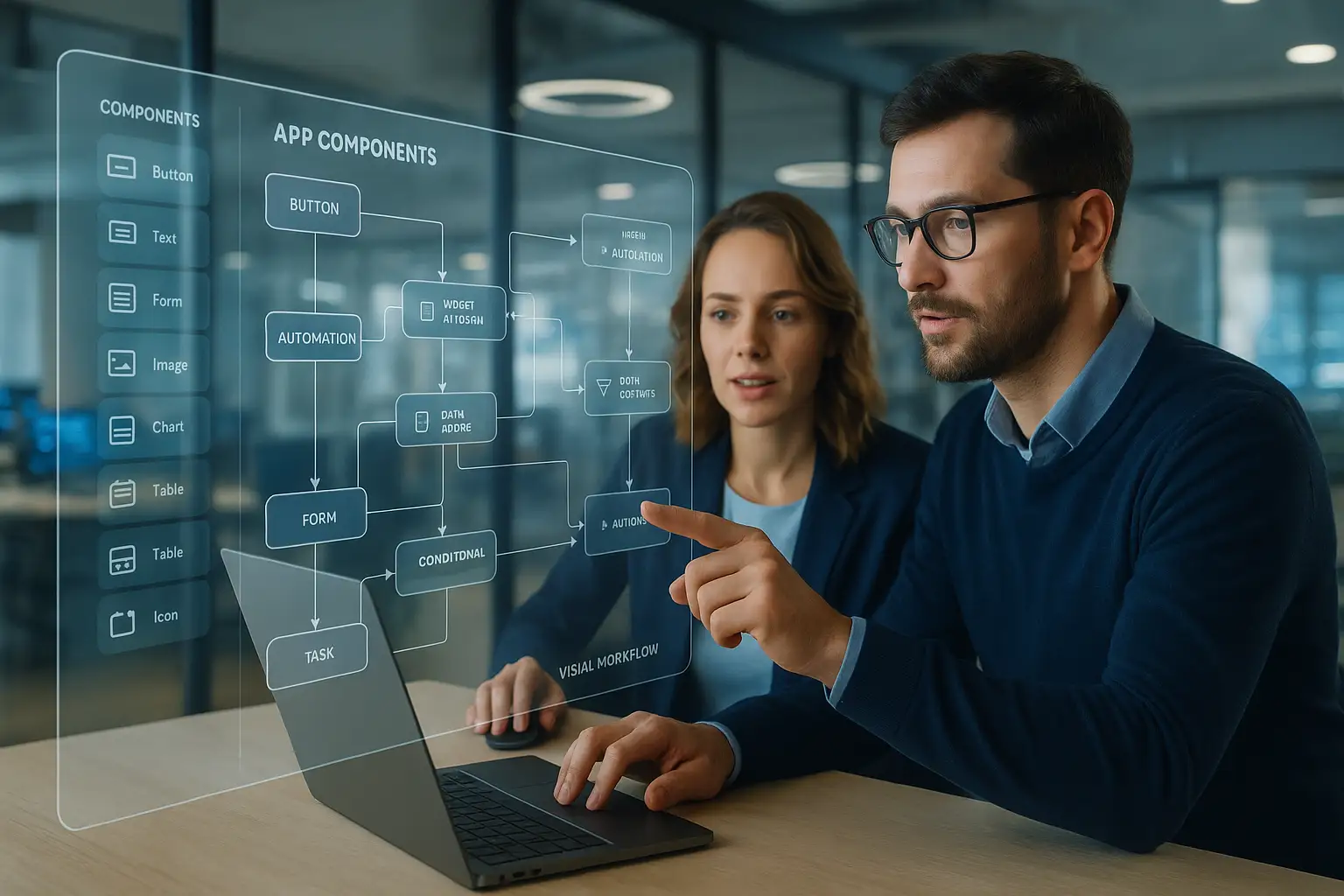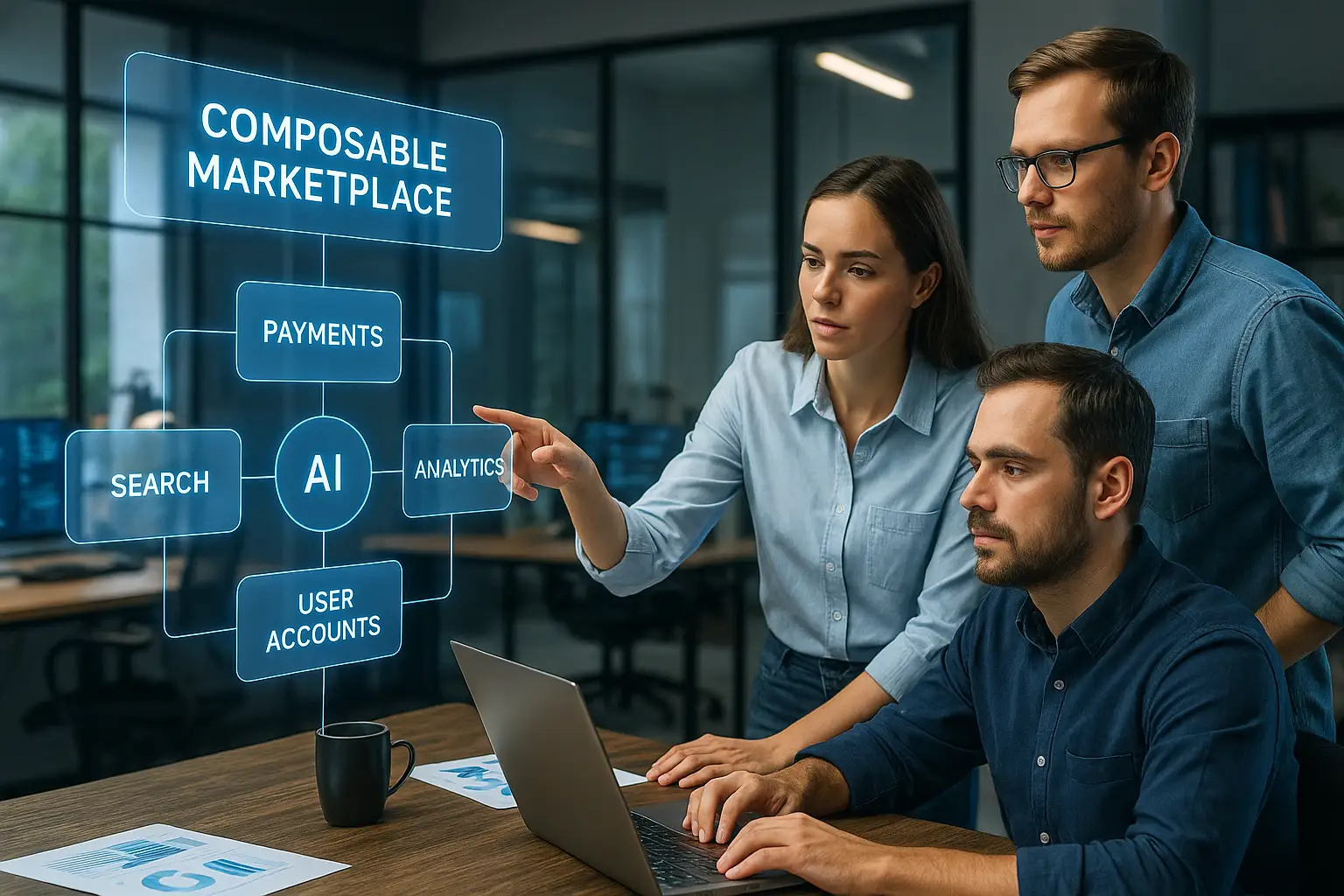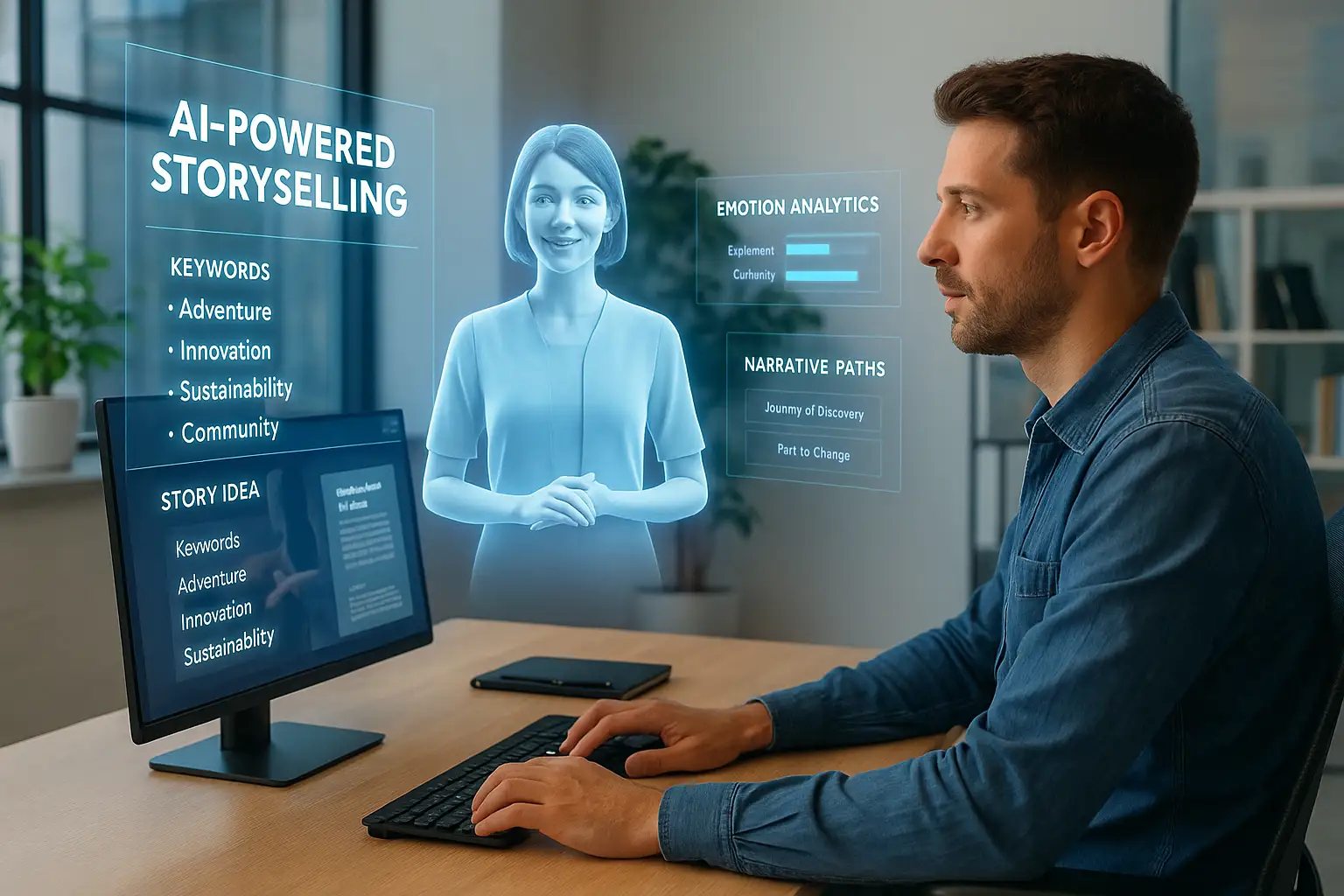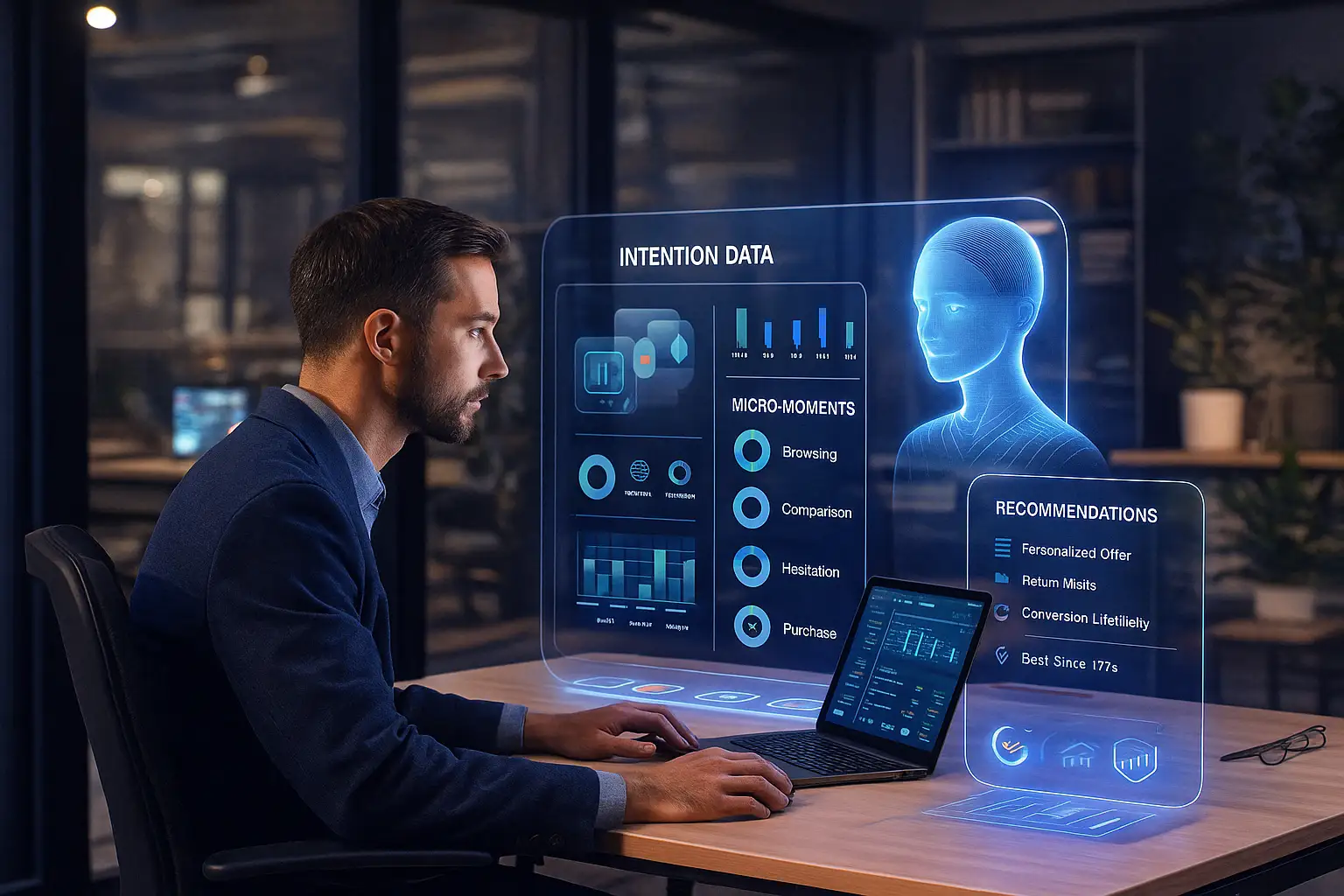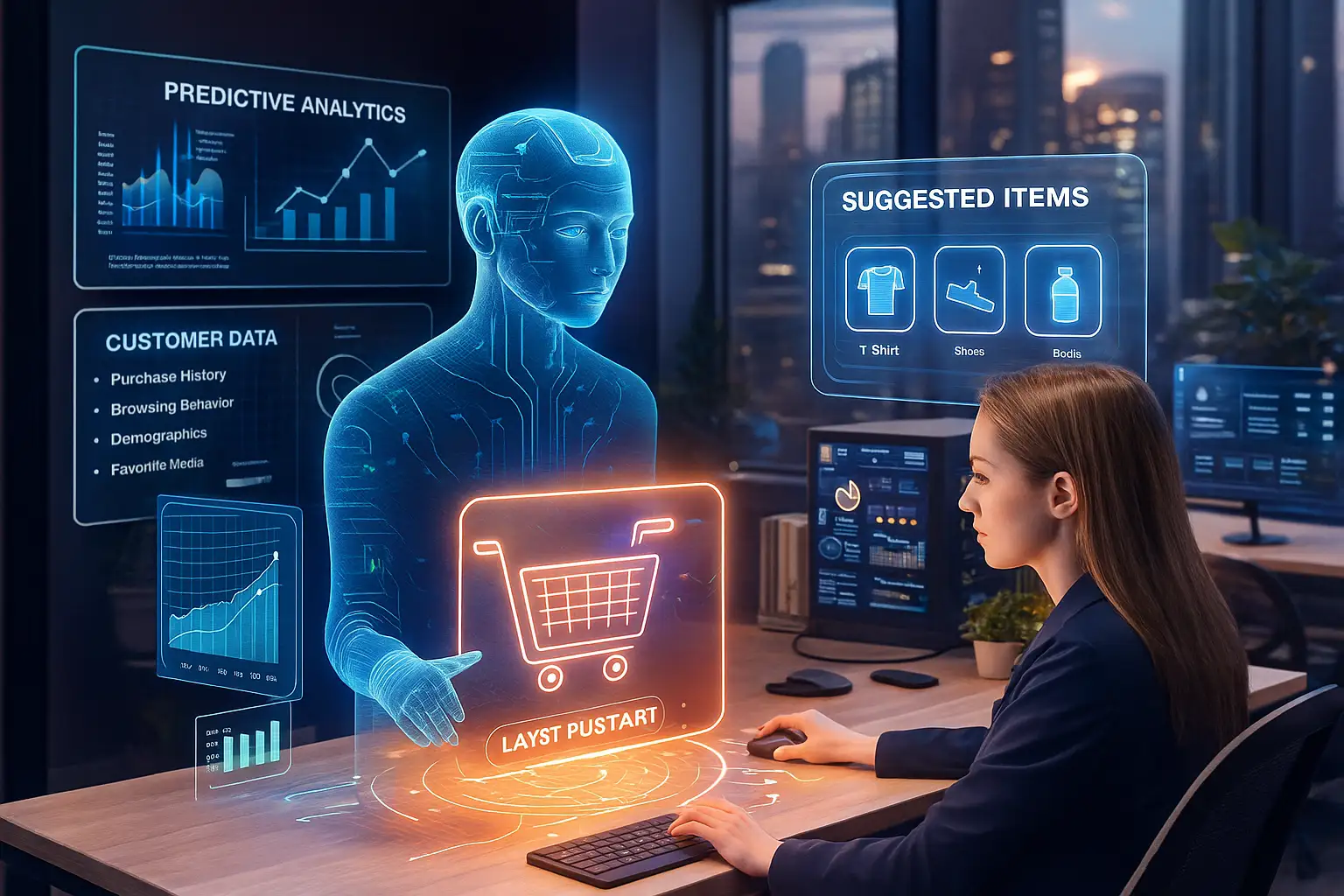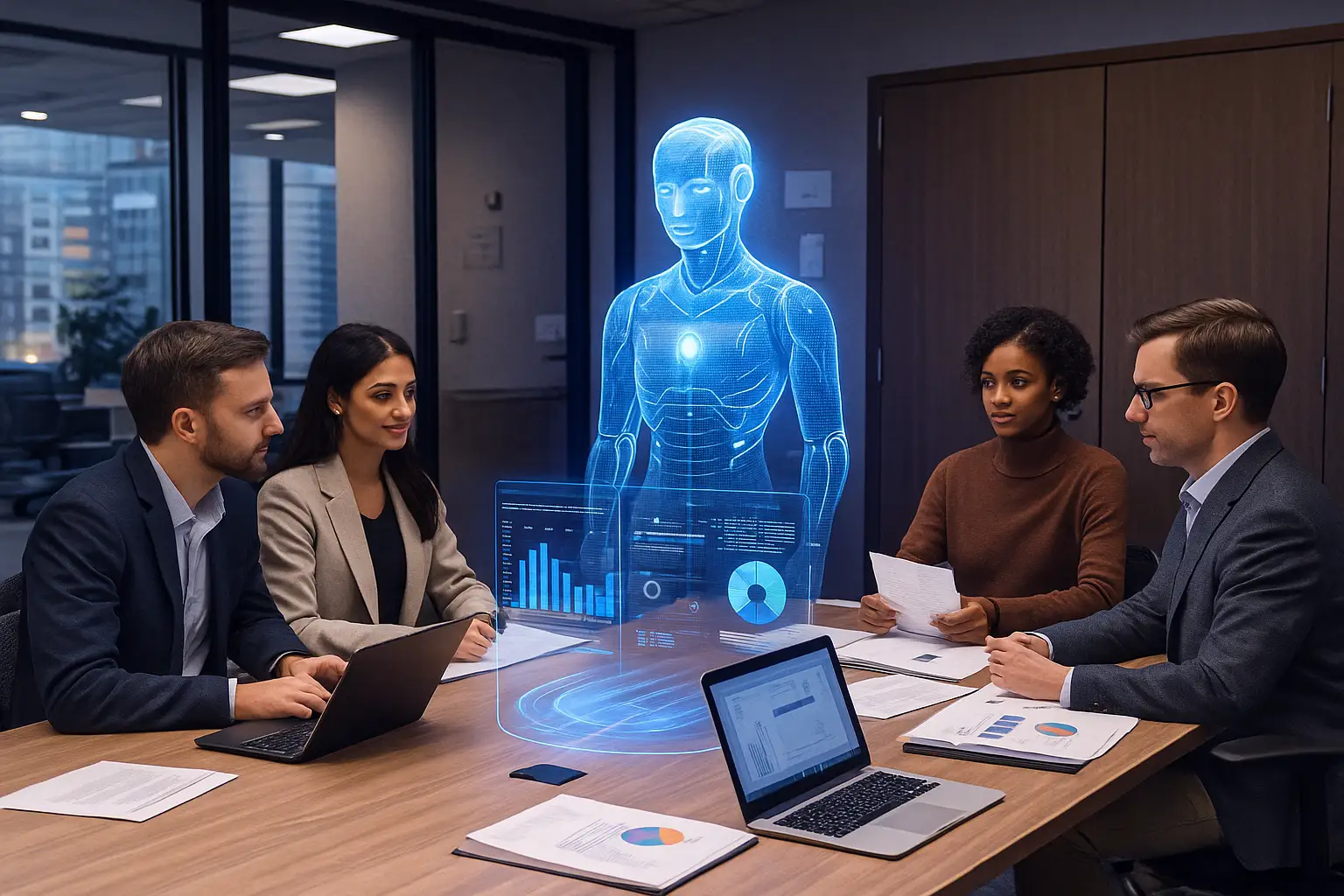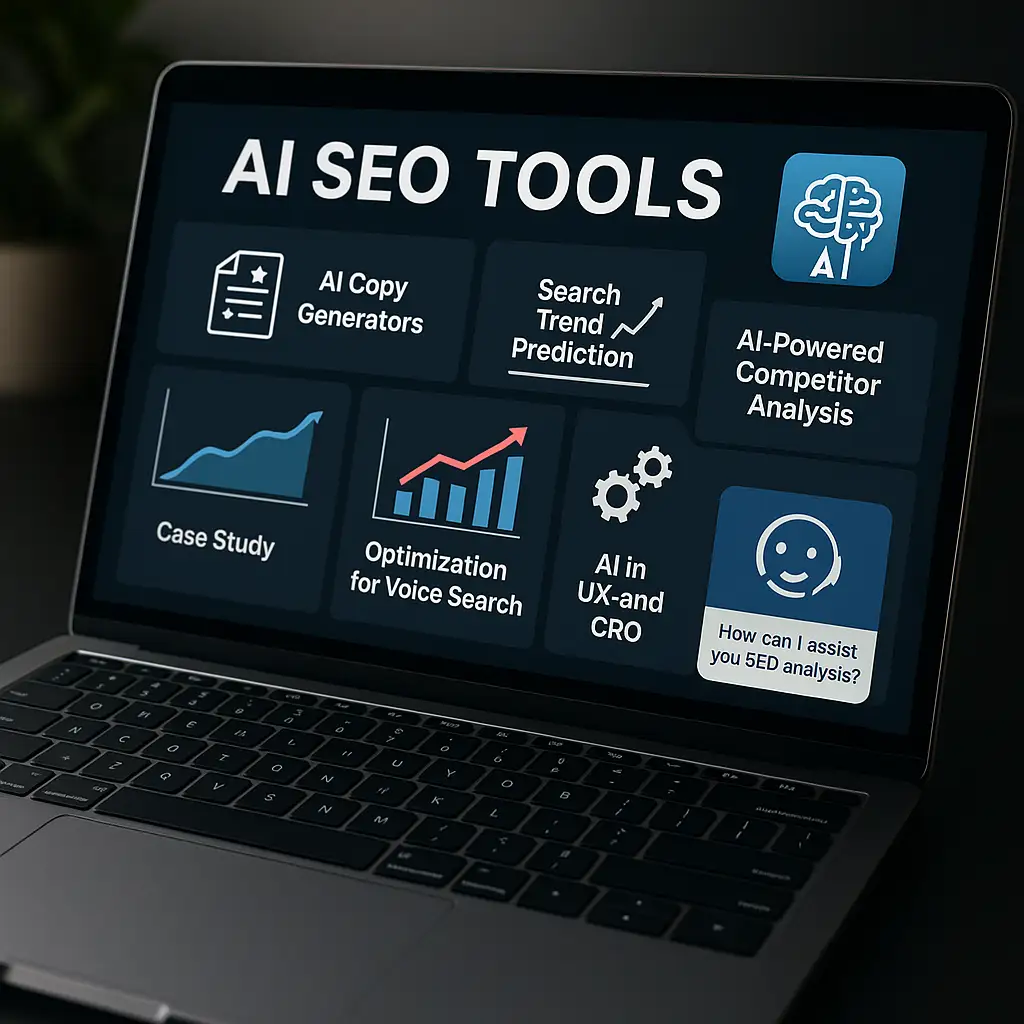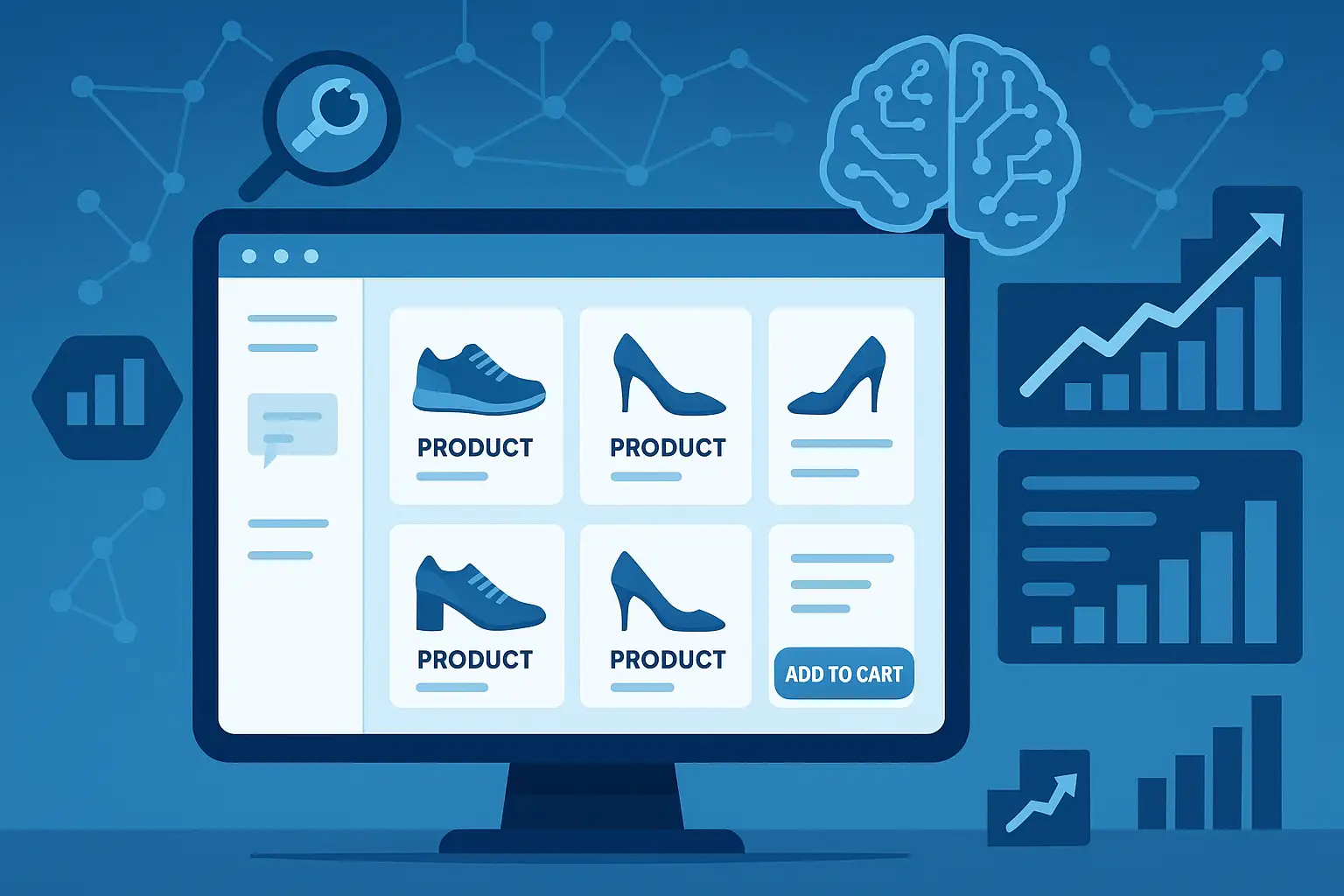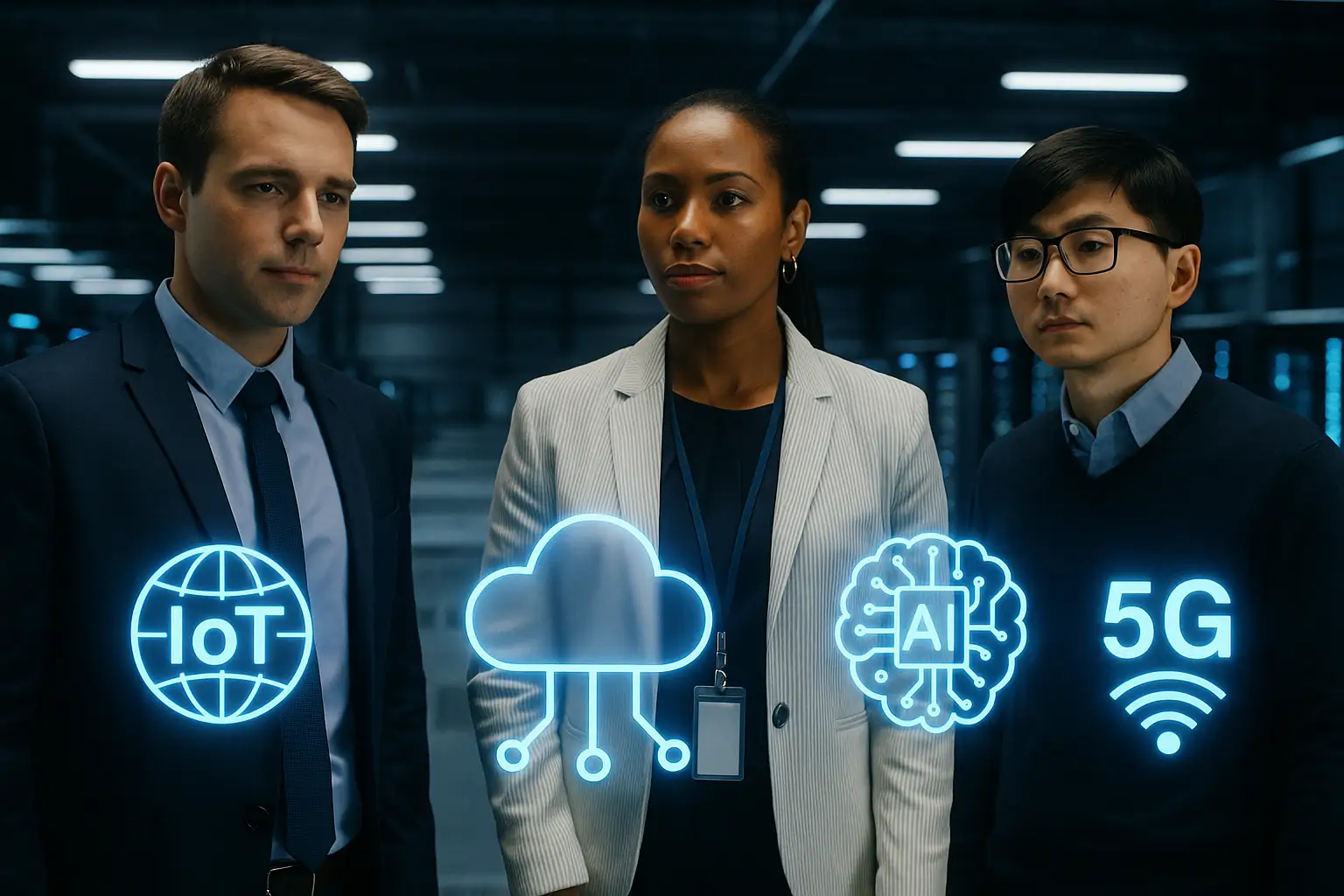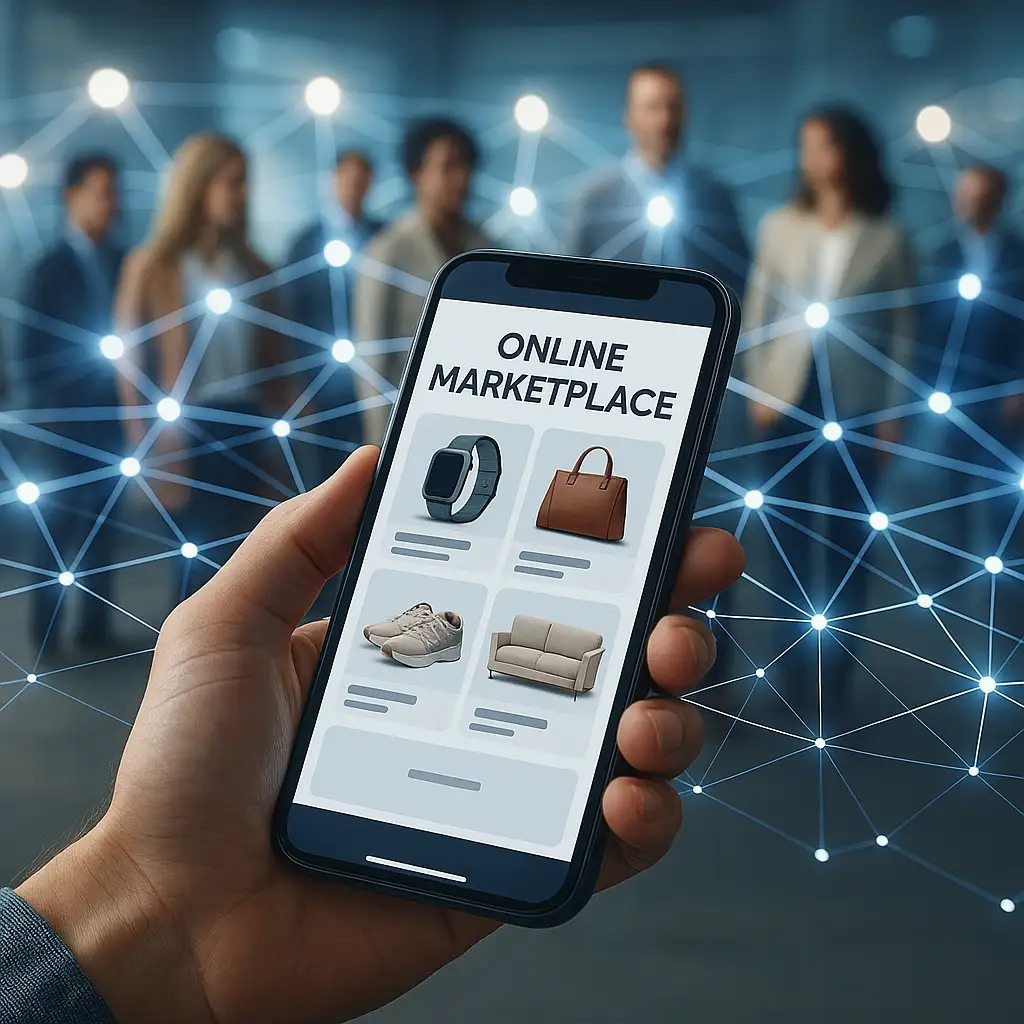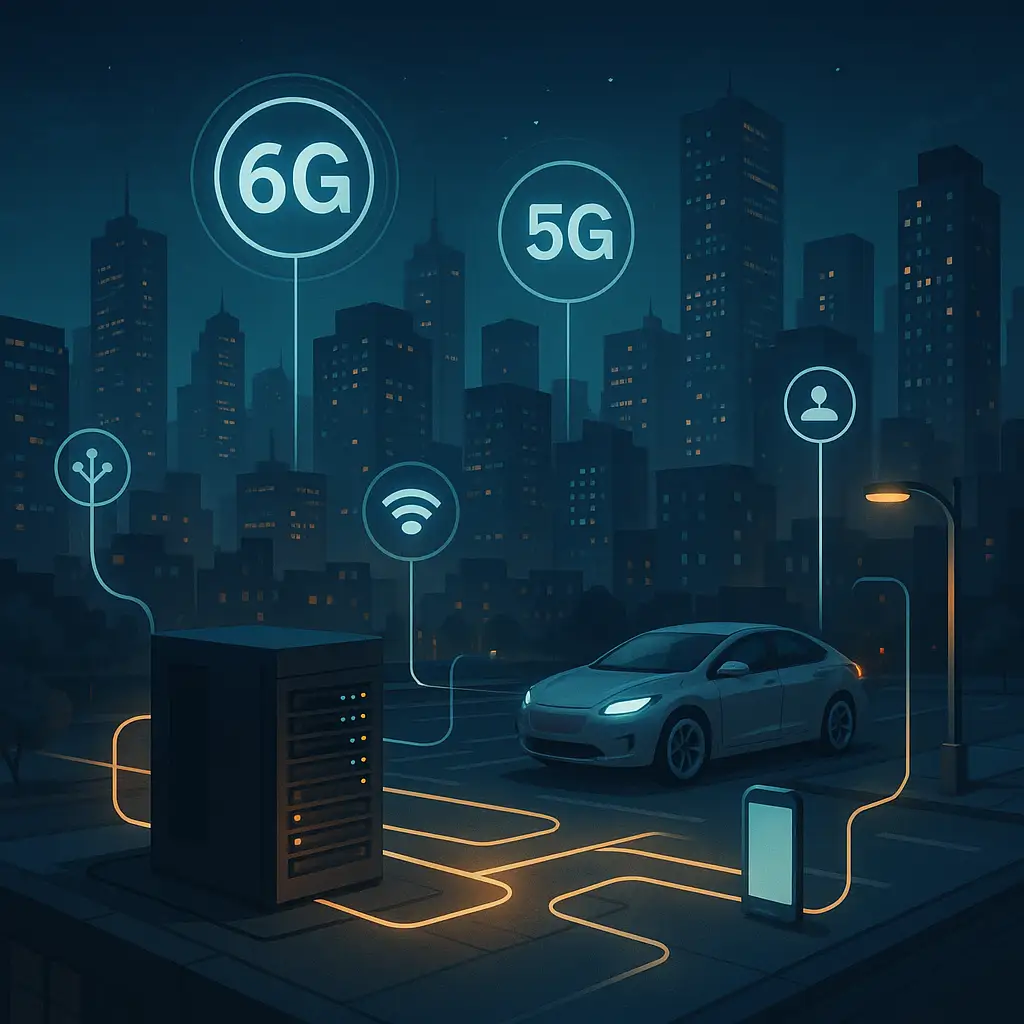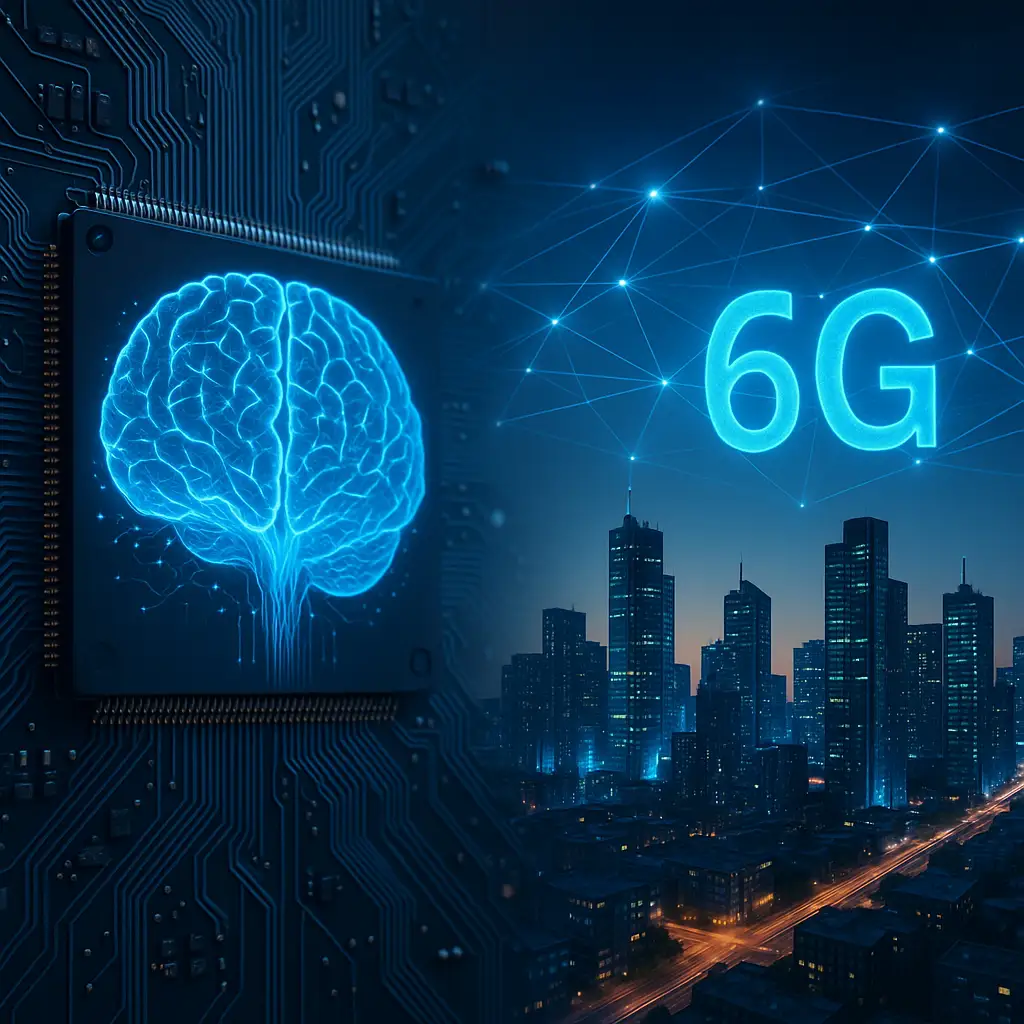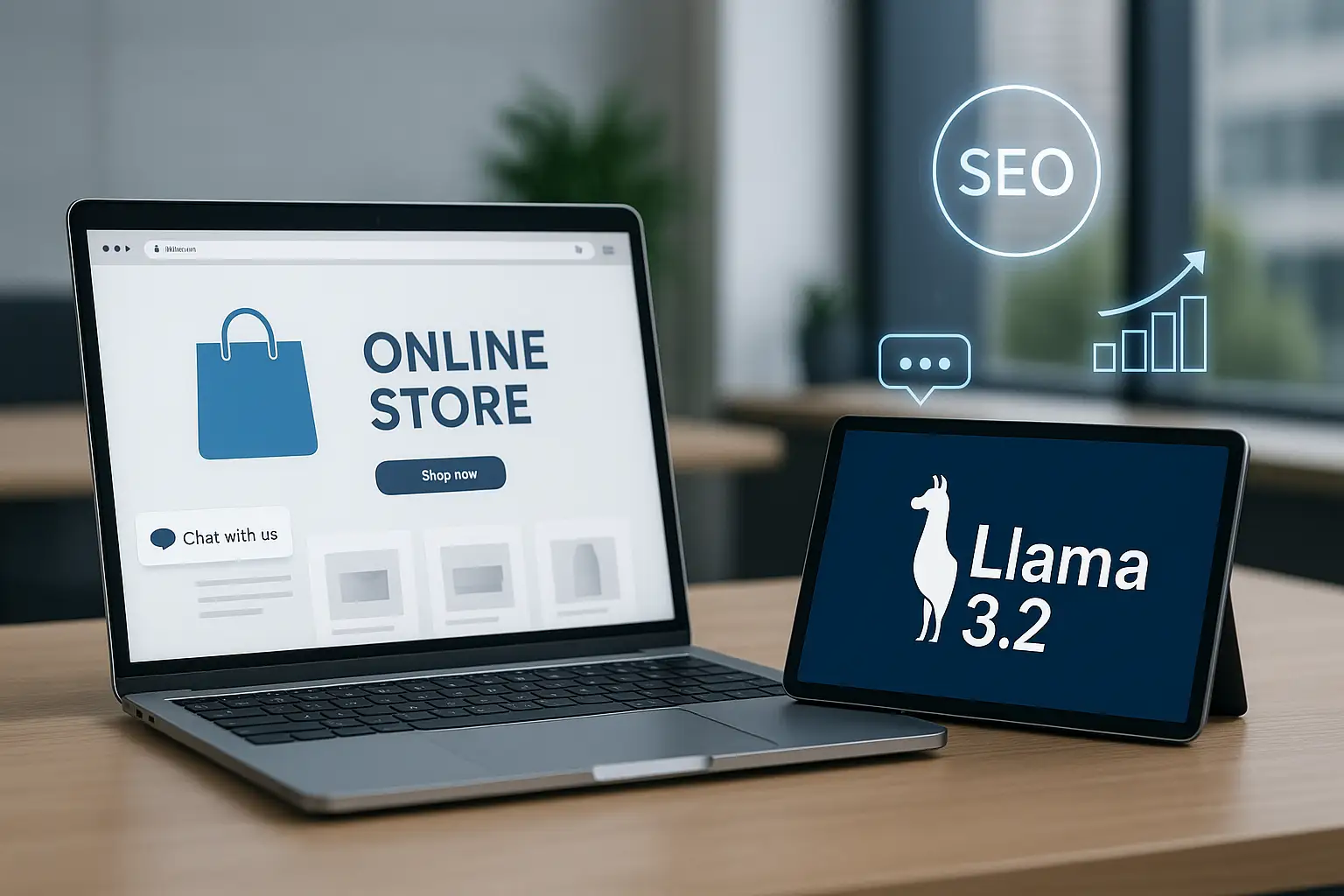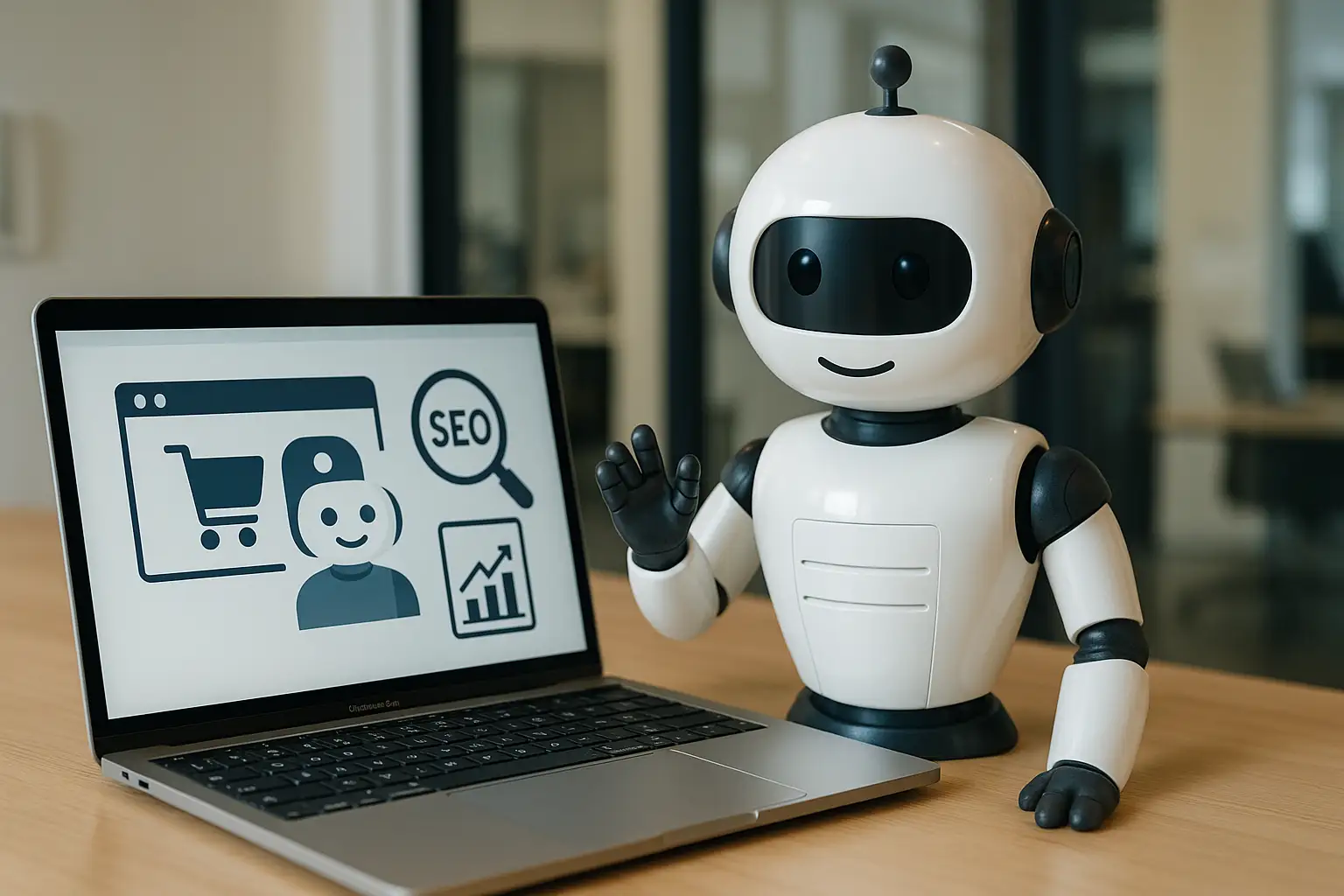Digital Trust 2030: How AI and Cybersecurity Will Redefine Safety in the Digital Age
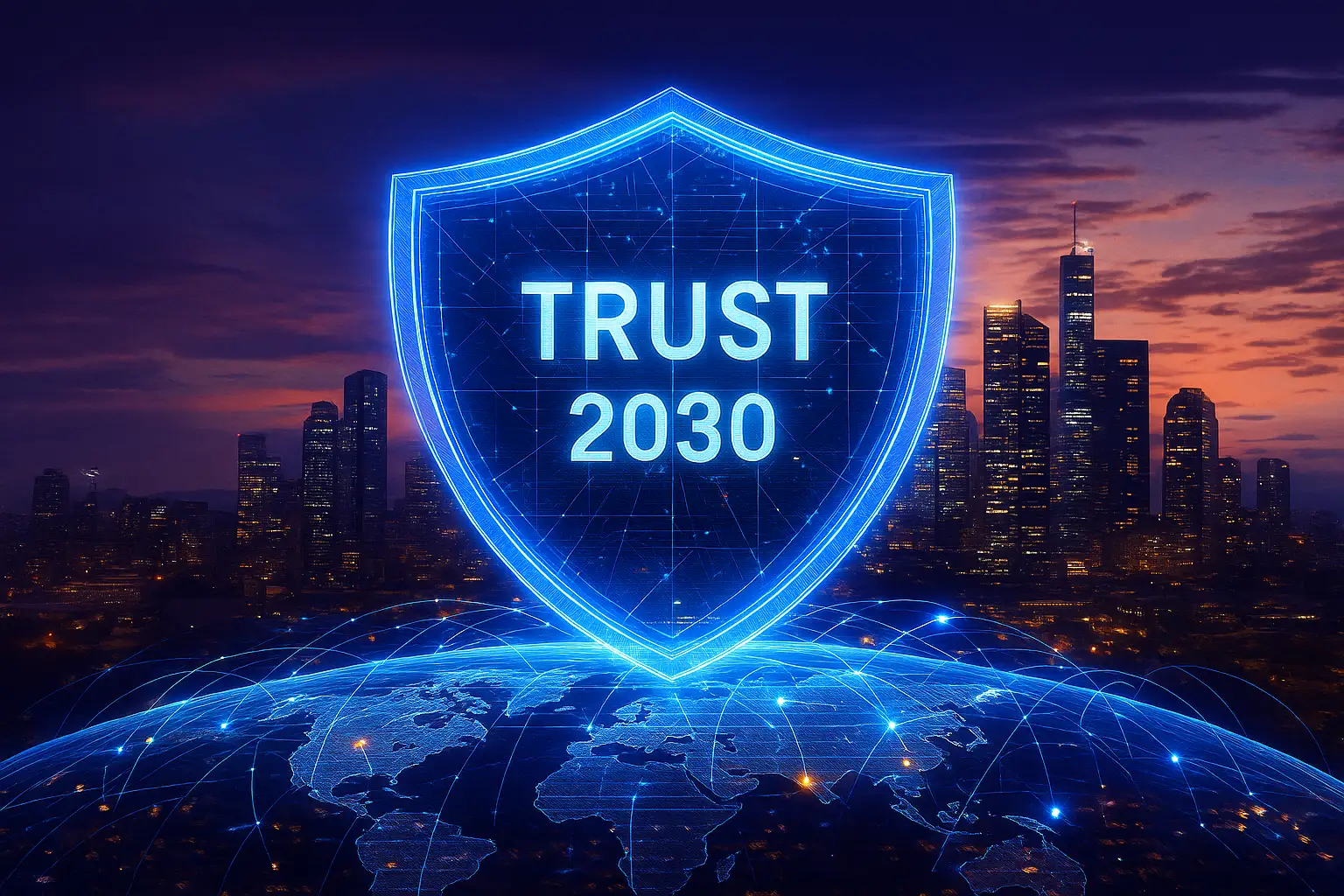
Digital Trust 2030: How AI and Cybersecurity Will Redefine Safety in the Digital Age
Introduction
Trust has always been the foundation of human relationships — and now it is becoming the foundation of the digital economy. In a world where artificial intelligence (AI) can generate convincing deepfakes, quantum computers threaten current encryption, and cyberattacks are launched by autonomous bots, the question is no longer if we can be hacked but when and how often.
By 2030, digital trust will be the most valuable asset for organizations, governments, and individuals alike. Cybersecurity will move from a defensive necessity to the very core of strategic leadership. This article explores the future of AI-driven cyber defense, deepfake manipulation, Zero Trust 2.0, quantum-safe encryption, and the cultural shifts that will decide who thrives — and who disappears — in the digital age.
1. AI as a Weapon and a Shield
Artificial intelligence is both the greatest threat and the greatest hope for cybersecurity.
AI-powered attacks
- Phishing at scale: LLMs generate hyper-personalized emails indistinguishable from real communication.
- Deepfake fraud: AI creates audio or video impersonations of CEOs, politicians, or family members.
- Autonomous malware: Self-learning malicious code that adapts to security defenses in real time.
AI-powered defense
- Anomaly detection: Systems that identify subtle irregularities in network traffic.
- Predictive intelligence: Forecasting attacks before they occur, based on historical and real-time data.
- Automated response: Isolating compromised devices instantly without human intervention.
The battlefield of the future will be AI vs. AI, and the smarter algorithm will win.
2. The Deepfake Economy
By 2030, deepfakes will move far beyond entertainment. They will challenge the very notion of truth.
- Business risks: Fraudulent calls or video conferences trick employees into transferring millions.
- Political manipulation: Fake speeches or fabricated evidence destabilize elections.
- Personal harm: Identity theft and reputational damage through falsified media.
To counter this, companies and governments will rely on deepfake detection AI, digital watermarking, and proof-of-authenticity systems embedded in every communication channel. The fight for truth will be as important as the fight for security.
3. Zero Trust 2.0
The classic Zero Trust model — “never trust, always verify” — is evolving.
Future principles of Zero Trust 2.0:
- Continuous identity validation: Biometric, behavioral, and contextual authentication at every step.
- Micro-segmentation of networks: Every device, app, and service operates within isolated compartments.
- AI-driven adaptive trust: Systems that adjust access dynamically based on real-time risk analysis.
By 2030, Zero Trust 2.0 will be the global standard, embedded in every cloud platform, IoT network, and enterprise system.
4. Quantum-Safe Internet
Quantum computing represents both innovation and disruption. Once quantum machines become powerful enough, they could break today’s most widely used encryption methods within minutes.
Preparing for the “Q-Day”
- Post-quantum cryptography (PQC): Algorithms resistant to quantum attacks, standardized by organizations like NIST.
- Quantum key distribution (QKD): Using the laws of physics to secure communication with unbreakable keys.
- Hybrid encryption models: Combining classical and quantum-safe protocols during the transition period.
By the end of the decade, governments and enterprises will be forced to migrate to quantum-resistant infrastructure — those who delay risk catastrophic breaches.
5. Digital Identity and Authentication
Proving who you are will be the central challenge of the digital era.
Key trends:
- Biometric evolution: Beyond fingerprints and face scans — continuous monitoring of behavioral patterns.
- Blockchain-based identities: Decentralized systems that allow individuals to control their own digital identity.
- Reputation scoring: Devices and users gain “trust scores” based on behavior, much like credit ratings.
In 2030, identity will no longer be a static credential. It will be a dynamic profile, constantly updated and verified in real time.
6. Culture and Education: The Human Factor
Technology alone cannot secure the future. People remain the weakest link, exploited through phishing, social engineering, and manipulation.
Organizations must invest in:
- Continuous awareness programs — not once a year, but every week.
- Gamified training to make security engaging.
- Shared responsibility culture where every employee becomes part of the defense.
Cybersecurity in 2030 will be less about firewalls and more about mindsets. Companies with a strong security culture will prove far more resilient than those relying only on advanced tools.
7. Geopolitics and Cyber Conflicts
Cybersecurity is no longer limited to corporations — it has become a matter of global security.
- Cyber warfare: States deploying AI-driven attacks to paralyze infrastructure.
- Cyber espionage: Targeting intellectual property, trade secrets, and government intelligence.
- Digital alliances: Countries forming cyber defense treaties, much like NATO, to combat transnational threats.
The digital battlefield will shape geopolitics as much as physical territories. Nations that fail to secure their digital infrastructure risk losing sovereignty.
8. Cybersecurity as a Business Strategy
Cybersecurity is no longer a cost — it is a competitive advantage.
- Trust as a currency: Companies with proven digital security will attract more customers.
- Investor confidence: ESG and risk assessments now include cybersecurity resilience.
- Brand protection: A single breach can destroy years of reputation.
By 2030, digital trust will define market leaders. Businesses that embed security into their DNA will win; those that treat it as an afterthought will vanish.
9. Scenarios for 2030
Optimistic scenario
AI-driven defenses, quantum-safe internet, and strong regulations create a world where digital trust is universal. Cybercrime exists but is manageable, and most interactions are safe.
Realistic scenario
Cybersecurity becomes a constant arms race. Organizations invest heavily in AI, but so do attackers. Breaches happen regularly, but damage is contained through resilience and recovery.
Pessimistic scenario
Quantum breakthroughs outpace defenses, deepfakes destroy trust in media, and cyber conflicts escalate. Trust collapses, leading to economic and political instability.
Which path we take will depend on global collaboration and early investment.
Conclusion
By 2030, cybersecurity will no longer be about defending networks — it will be about preserving trust in every interaction. In a world of AI-generated deception and quantum-powered threats, the ability to prove authenticity, secure data, and build resilient cultures will define survival.
The future belongs to those who treat digital trust as their most important asset. Organizations that embed AI-driven security, adopt Zero Trust 2.0, migrate to quantum-safe infrastructure, and foster strong security cultures will thrive.
Those who hesitate may discover that in the digital economy, trust is not just a value — it is the currency of survival.

